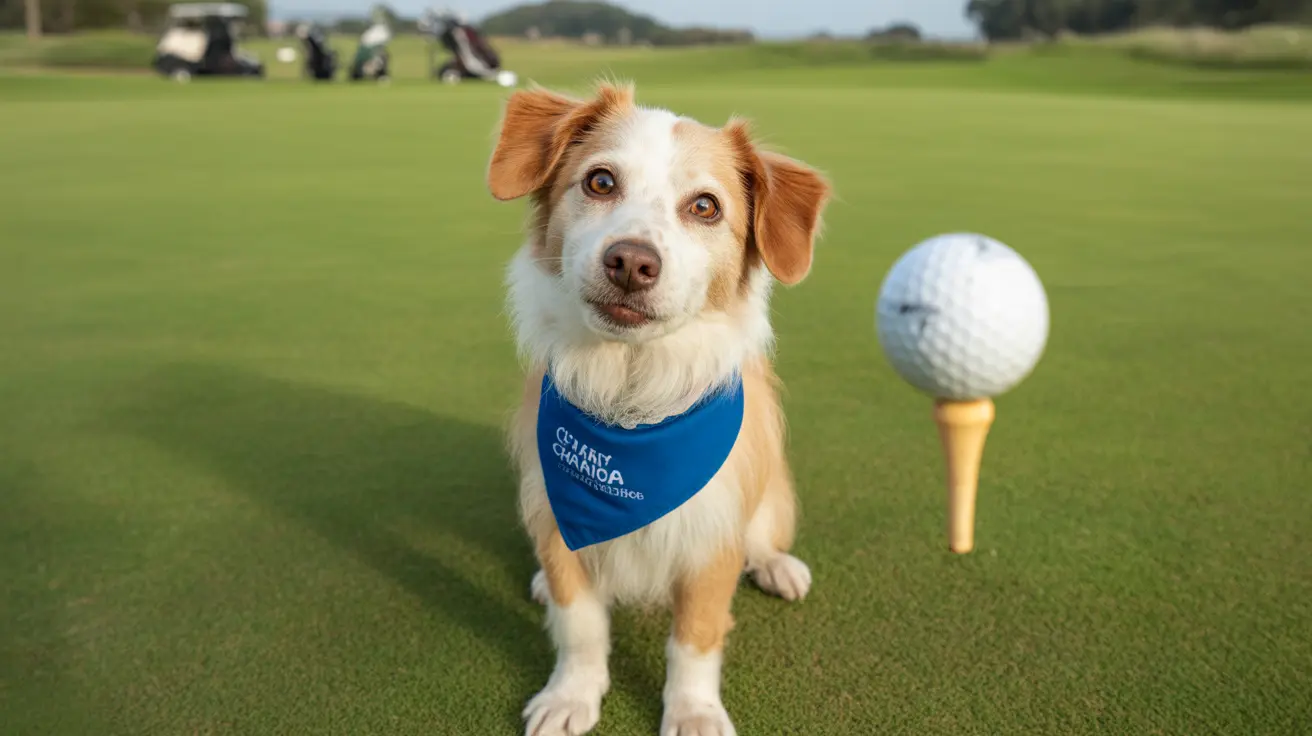How Much Should I Feed My Dog? A Practical Guide
Feeding your dog the right amount is one of the simplest ways to support a long, healthy life. But finding that perfect portion can feel tricky—there’s no universal answer. The ideal amount depends on several factors unique to your dog: age, size, breed, activity level, reproductive status, health conditions, and even the calorie density of their food.
Start With the Feeding Chart
The easiest place to begin is the feeding chart printed on your dog food’s packaging. These charts typically recommend daily amounts based on your dog’s current weight—and sometimes take life stage into account. Still, these are just starting points; every dog is different.
- If your pup seems to be gaining or losing weight unexpectedly, tweak portions in small increments.
- Your veterinarian can help you make safe adjustments and monitor progress.
Key Factors That Affect How Much to Feed
- Age: Puppies need more calories per pound than adults; seniors often require fewer.
- Size & Breed: Large breeds generally eat more total food but fewer calories per pound than small breeds (who have faster metabolisms).
- Activity Level: Active or working dogs burn more energy and may need extra calories. Less active dogs require less.
- Reproductive Status: Spayed/neutered dogs typically need less food; pregnant or nursing females require much more.
- Health Conditions: Issues like thyroid disease or diabetes can change nutritional needs.
- Body Condition: Use a body condition scoring system to check if your dog is too thin, overweight, or just right.
Daily Feeding Recommendations (Dry Food)
The following are typical ranges for adult dogs—always check your specific bag for calorie details:
| Weight (lbs) | Cups per Day |
|---|---|
| 3–6 | 1/3 – 1/2 |
| 10–12 | 3/4 – 1 1/4 |
| 13–20 | 1 – 1 2/3 |
| 21–35 | 1 2/3 – 2 1/3 |
| 36–50 | 2 1/3 – 3 |
| 51–75 | 3 – 3 3/4 |
| 76–100 | 3 1/3 – 4 2/3 |
| >100 | Add 1/4 cup for each additional 10 lbs over 100 lbs |
Puppies need much more per pound—about 5–8% of their body weight in food per day, split into three or four meals. As they grow closer to adult size, gradually reduce portions to match adult guidelines.
Puppy and Senior Dog Feeding Needs
- Puppies (up to four months): Feed three to four times daily.
- Puppies (four to twelve months): Two to three meals per day.
- Seniors: Two meals a day; watch for decreased calorie needs and possible special nutrients for joint health.
- Seniors are considered as early as seven years old in giant breeds and up to twelve years in toy breeds.
The Role of Calorie Needs & Activity Level
Your dog's actual calorie requirement varies with activity level and metabolism.
- A highly active terrier may need more calories than a couch-loving retriever of similar size!
- The Resting Energy Requirement (RER) formula offers a personalized estimate: RER = 70 x (body weight in kg).75.
- Treats should never exceed 10% of daily calories.
Dangers of Overfeeding & Underfeeding Your Dog
If you feed too much:
- Your dog risks obesity—leading to joint disease, heart problems, breathing issues, heatstroke risk, some cancers, skin problems, and shorter lifespan.
If you feed too little:
- Puppies may not grow properly; any age may suffer low energy, weak immunity, poor coat quality, and other health issues.
Troubleshooting & Tips for Success
- Weigh your dog regularly; track changes so you can adjust food as needed.
- Select high-quality foods; look for complete nutrition with protein, fat, vitamins, and minerals appropriate for life stage.
- If feeding wet/raw/mixed diets; adjust portions since calorie content differs from dry kibble.
If you're unsure about portion sizes or see unexplained weight changes in your pet, a veterinarian's guidance is invaluable. Your vet can help determine ideal weight targets and create a tailored feeding plan based on genetics, age, lifestyle—and keep an eye out for medical issues that might affect appetite or metabolism.





